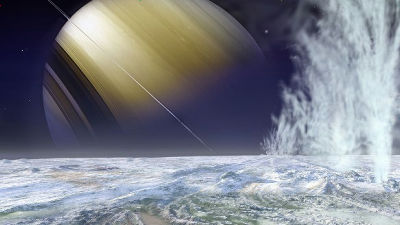NASA announces Saturn's satellite search mission 'Dragonfly' for discovery of extraterrestrial life

NASA's Dragonfly Mission to Titan Will Look for Origins, Signs of Life | NASA
https://www.nasa.gov/press-release/nasas-dragonfly-will-fly-around-titan-looking-for-origins-signs-of-life
NASA's new mission, Dragonfly, will explore Saturn's moon Titan-CNN
https://edition.cnn.com/2019/06/27/world/nasa-dragonfly-titan-mission-scn-trnd/index.html
The Saturn's satellite, Titan, is the second largest satellite in the Solar System, next to Jupiter's satellite Ganymede , with a radius of 1.48 times the mass of the moon, a mass of 1.8 times the atmosphere, and a darker atmosphere.
This time NASA announced the mission 'Dragonfly' (in English, meaning 'Tonbo') to send Titan's explorer 'Dragonfly' with the same name as the mission name. The Dragonfly spacecraft is a drone with a total length of about 3 meters and has 8 rotors, and it can carry out vertical takeoff and landing.
NASA has released an image movie that Dragonfly actually explores on Titan.
New Dragonfly Mission Flying Landing Sequence Animation-YouTube
Dragonfly falls with a parachute from above Titan.
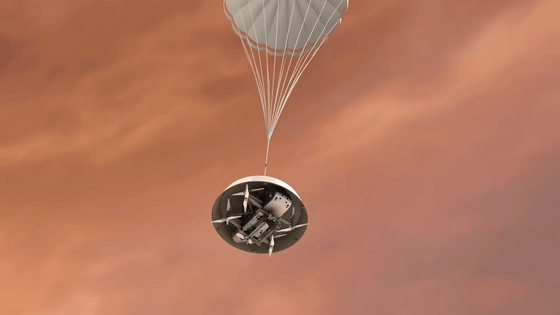
When the parachute is released, Titan switches to flight mode and flies to the landing site. The first landing site will be the sand dunes named 'Shangri-La' at Titan's equator.
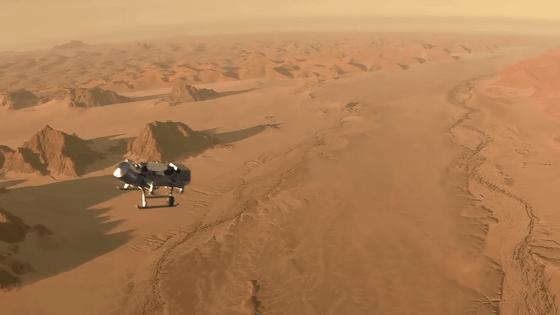
After landing, collect the survey sample ...
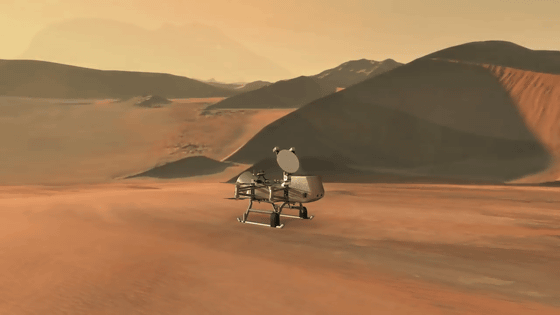
It will also fly towards a new exploration site. We plan to explore Titan for two and a half years after landing.
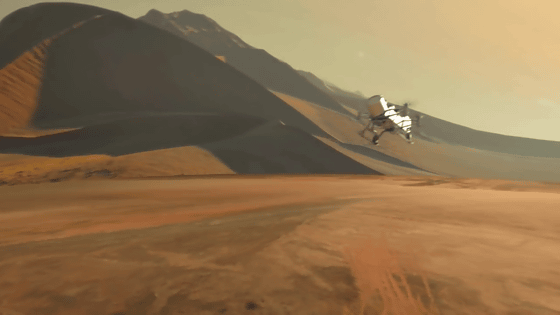
The search for Titan was conducted by the probe Huygens , which was mounted on the Cassini spacecraft in 2005, and was formed by the deposition of carbides on the surface of lakes, oceans, rain, and ice made of liquid methane and ethane. The existence of desert by sand was reported. In addition, it is clear that water and organic matter exist in the ground, and it is also pointed out that the primordial life is born.
Dragonfly plans to explore a crater named 'Serk' while collecting samples from various climate and geological locations on Titan. Selc is a crater created by meteorites colliding with Titan, a spot that contains all the materials necessary for the birth of life: carbon and nitrogen, and the energy released during the collision.
Launch of Dragonfly is scheduled for 2026, but Titan arrival is expected to be 2034.
Related Posts:

